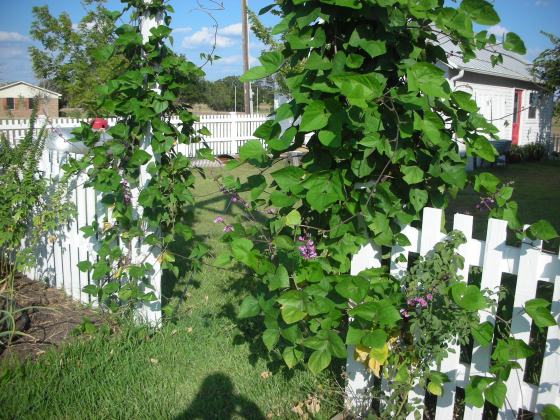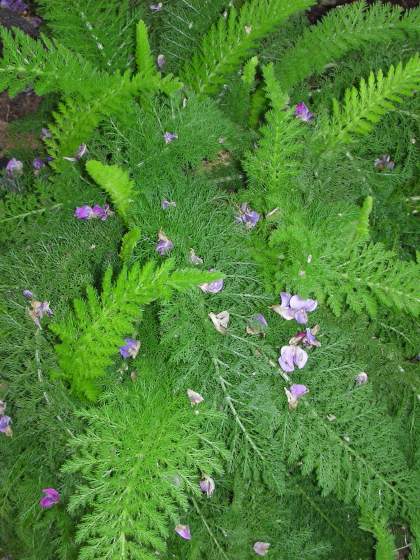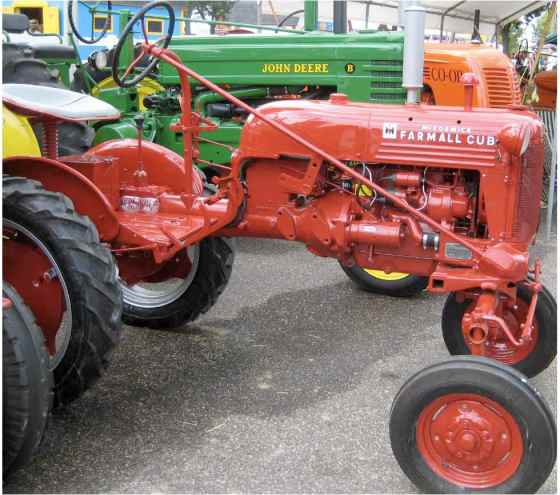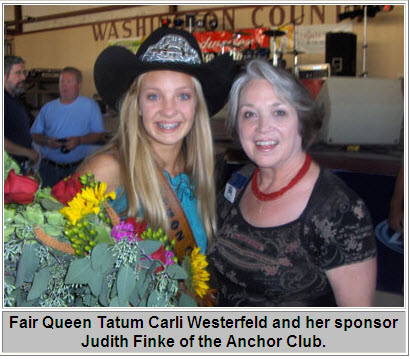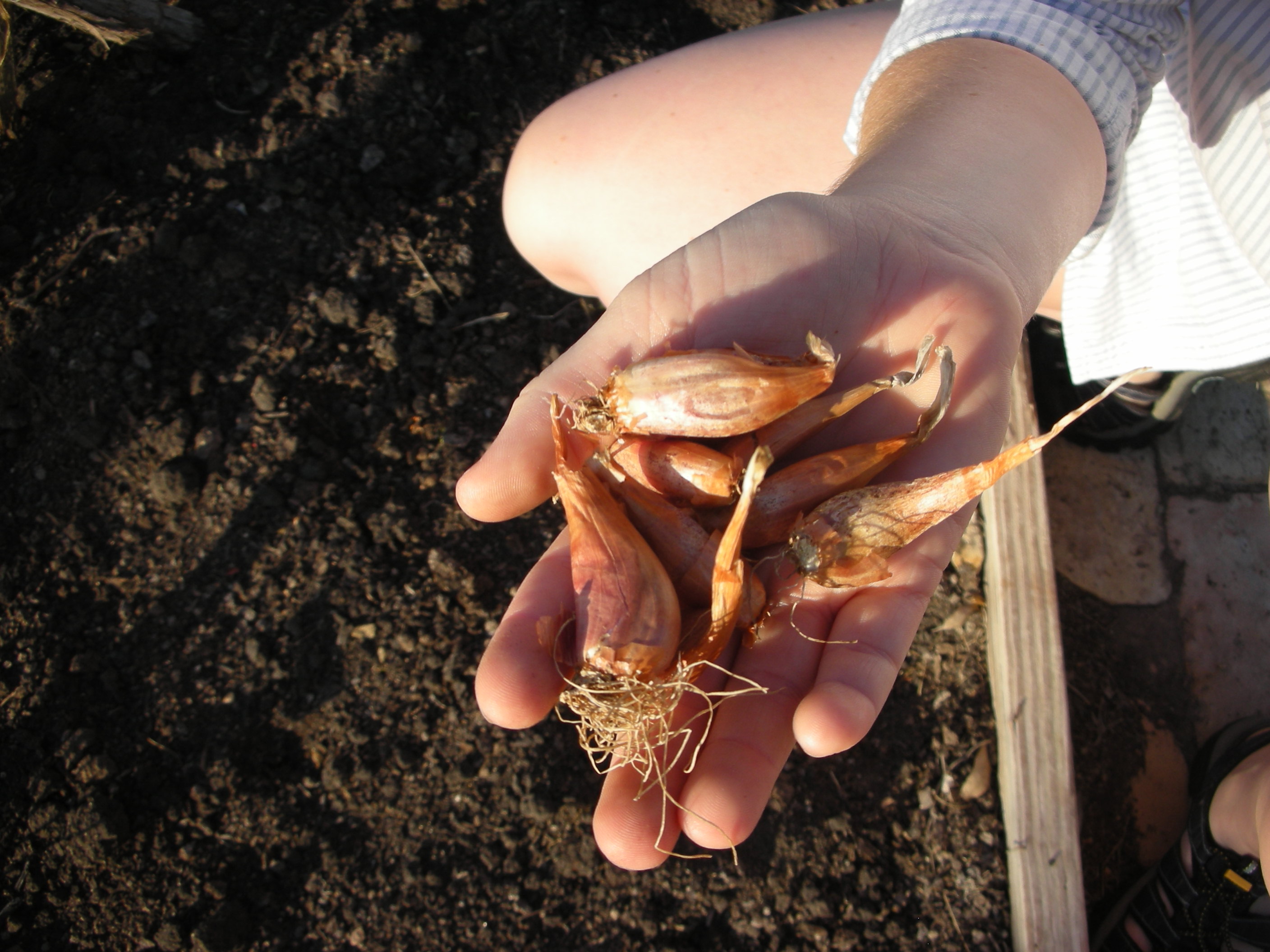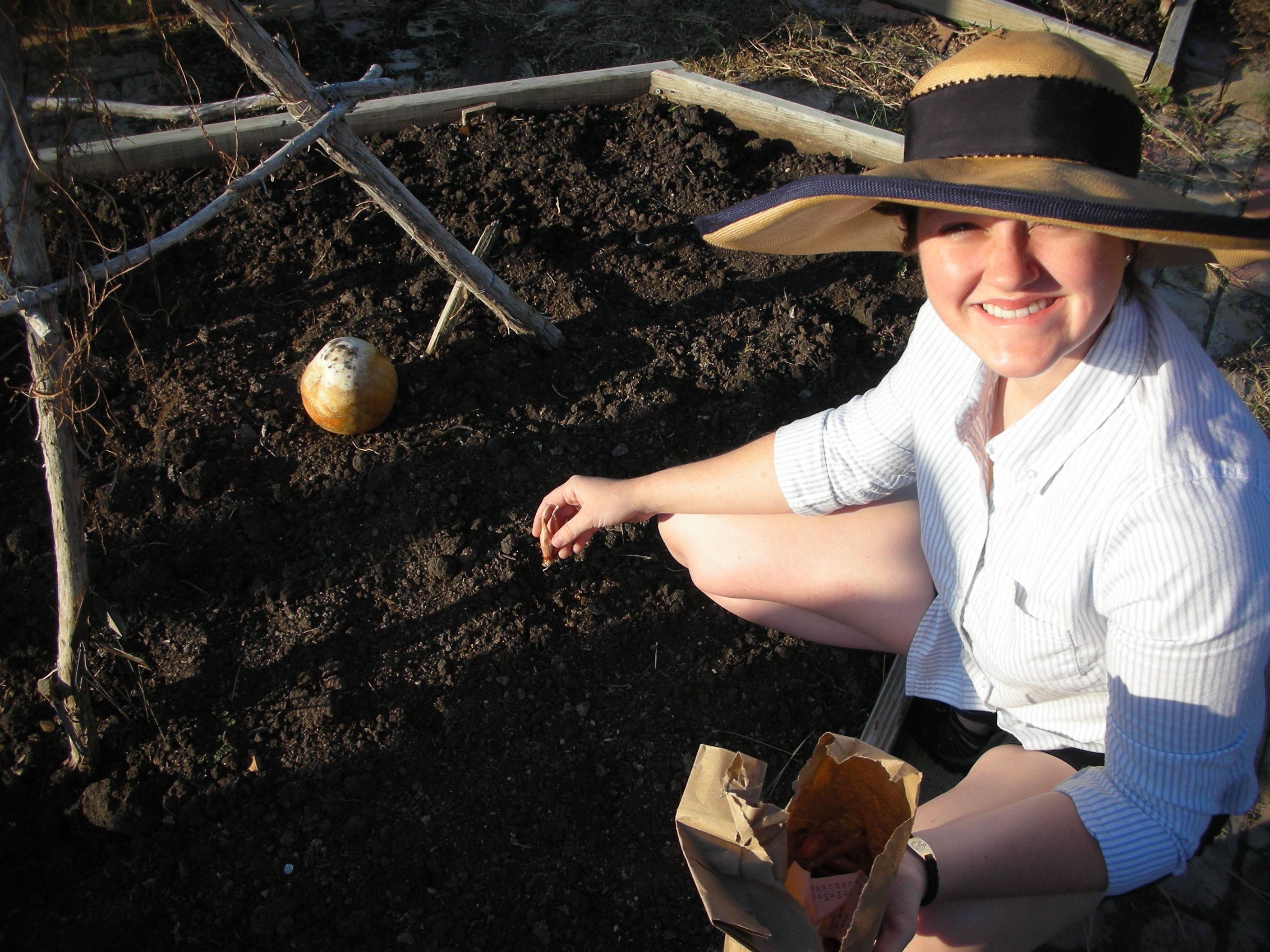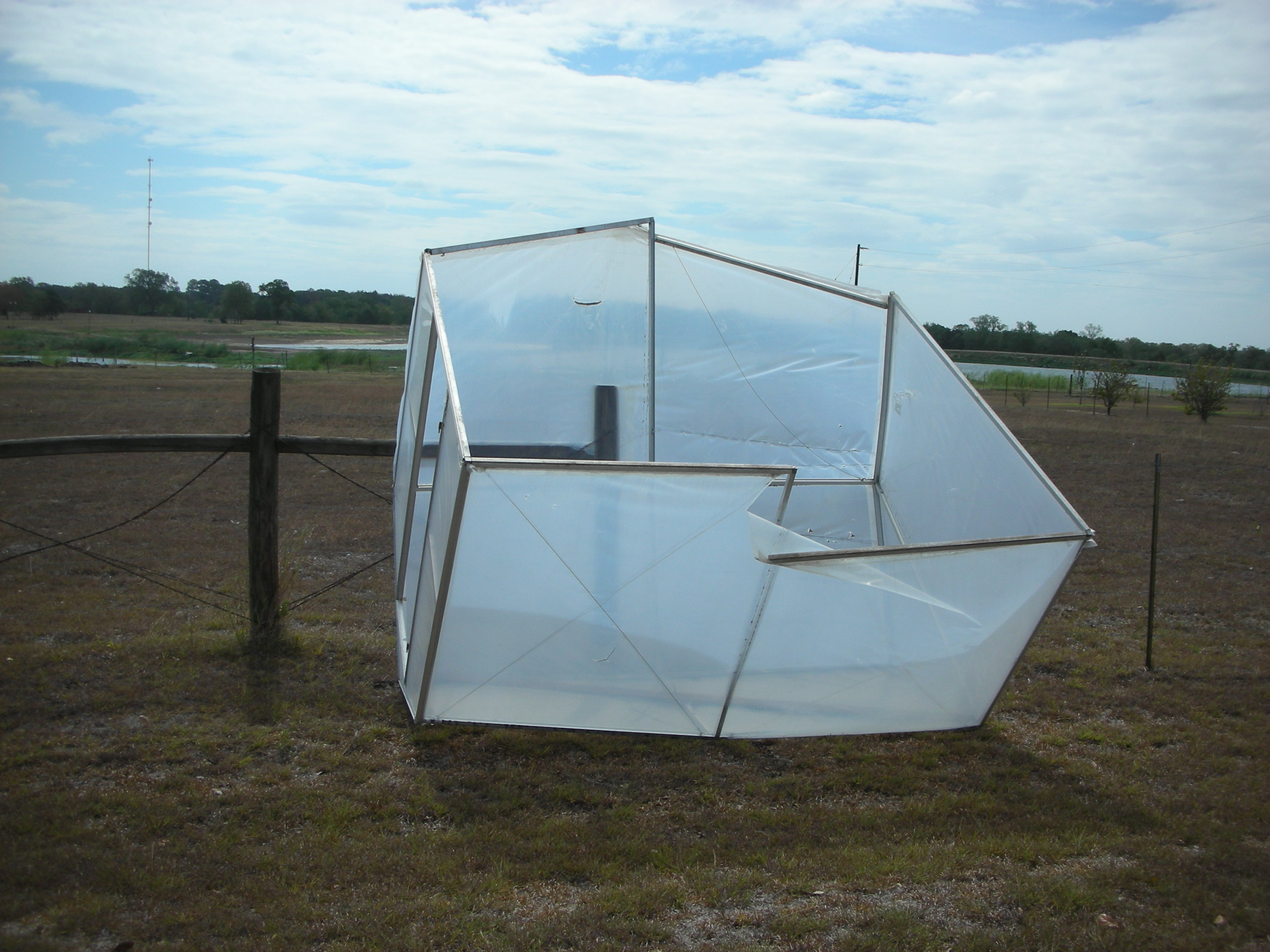This past Wednesday, I got to participate in two of my favorite activities at the same time; gardening and talking about gardening. As I mentioned in an earlier post, my wife is a second grade teacher at St. Paul’s Christian Day School in Brenham. Each year she uses the garden as a way to introduce a plant based biology curiculum to her class. This year, she asked me to come and talk to her class about plants in general and the seasonality of plants in particular. It was our goal to help these second graders learn that certain plants grow in different seasons and then plant the proper plants to help bring home the message.
I love talking to young children. They pay very close attention to what you are telling them and they love to participate in the discussion. My wife’s second graders did not disappoint. They were such a good audience. They answered questions, asked questions, and they always put their hands up first. They were so good! I truly love giving presentations to young people. They always reaffirm my strong belief that, no matter what the news media tells us, America is still producing a whole lot of awful good kids.
So, after our very exciting disscussion of which plants do best in Texas in the fall, we went to the garden to put my lecture into practice. As I mentioned in my earlier post (Going Green For God), my wife gardens in an 8′ X 3′ garden with a trellis on the back. Her garden is based on the the best selling book “Square Foot Gardening” by Mel Bartholomew. Since she doesn’t have a lot of space or time, the square foot gardening method is the perfect tool to allow her kids to grow a variety of crops in a small space with out too much effort. My wife’s garden allows for 24 seperate squares to be planted. This is good because her classes usually range in size from 20 to 24 kids.
Before we planted, we cleaned out the weeds and left over plants from the spring garden. Sometimes when I weed, I fail to take notice of the truly amazing things that happen in the soil. Not these second graders! While weeding, the kids found a freshly germinated Texas Montain Laurel seed, young pecans trees beginning to sprout (so evidently squirrels are aware of my wife’s garden), crepe myrtle seeds, grubs, worms and milipedes. Each new find opened up another round of questions. However, the thing that generated the most interest was the smallest little snake skin shed that I had ever seen. The kids were VERY interested in that!
Before planting, we recharged the beds by adding three bags of composted humate. The kids really loved this part (and I did too). We sprinkled the compost over the top of the garden and then used our hands to mix it in. I cannot really describe the method used by these second graders to mix in the new compost, but it resulted in all of us having dirt and compost all over us. It really was a lot of fun.
Once the beds were ready for planting, we laid out the strings that divided the garden into it’s 24 squares. Each child got to plant either a broccoli, cauliflower, cabbage or mustard green plant. We had twenty plants, so in the four squares that were left over, we planted 64 carrot seeds (16 per square).
Over the next few months, these young gardeners will water, weed and OBSERVE. I hope that my wife’s efforts will instill a life long love of growing things in some of them. Even though they don’t yet realize it, my wife is teaching a whole lot more than biology in her little garden. Her garden shows that you can do a whole lot of good things in life if you work together. It also let’s them watch the miracle of life unfold right before their eyes. By watchinging that little seed turn into the carrot, she is showing them that the garden is a special place that can feed alot more than just their stomachs.
P.S. Do you remember the first time you watched a seed germinate? There is a very good chance that your first exposure to gardening was in a second grade classroom. Teachers work very hard to find ways to get kids excited about learning. Take time out of your busy day to thank all of the teachers that are doing everything they can to make sure that the kids of tommorrow are as awesome as the kids of yesterday!








